The Way to Shred
• 30/06/2022
Periodisation – long term training goals broken down
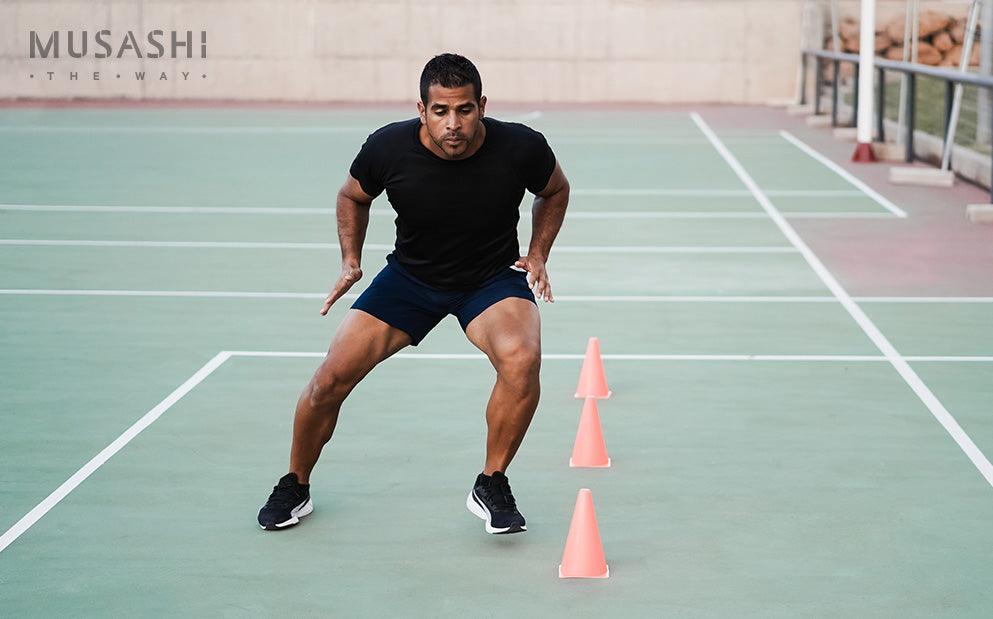
The Way To Fuel
The Way To Recover
The Way To Recover
The Way To Recover
The Way To Fuel
The Way To Recover
The Way To Recover
The Way To Recover

Unlock member pricing and get access to the performance lab for personalised training and nutrition guidance.

On Episode 53 of the Musashi Podcast, the team discuss a key source of fuel for sport and training, one of the three macronutrients – Carbohydrates. The guys speak to the role of carbs in building and maintaining muscle, and how it fits into the three energy systems.

On Episode 52 of the Musashi Podcast, the team debate two philosophies of training for size, strength, and athletic performance – Training Hard vs Training Smart. The guys discuss the pyramid of knowledge and how it applies to training, referring to motivation, experience, and research.

On Episode 51 of the Musashi Podcast, the team discuss one of the most prevalent and underappreciated supplements for sports performance – Citrulline. The guys discuss the function and benefits of Citrulline for muscle function and performance, when to consume, and what products to find in.
The Way To Recover
The Way To Recover
The Way To Recover
The Way To Bulk
The Way To Bulk
The Way To Shred
The Way To Recover
The Way To Recover
The Way To Recover
The Way To Recover
The Way To Recover
THE WAY TO RECOVER
The Way to Recover
The Way To Fuel
The Way To Fuel
The Way To Shred
The Way To Fuel
The Way To Fuel
The Way To Fuel
The Way To Recover
The Way To Shred
The Way To Recover

Reece Walsh
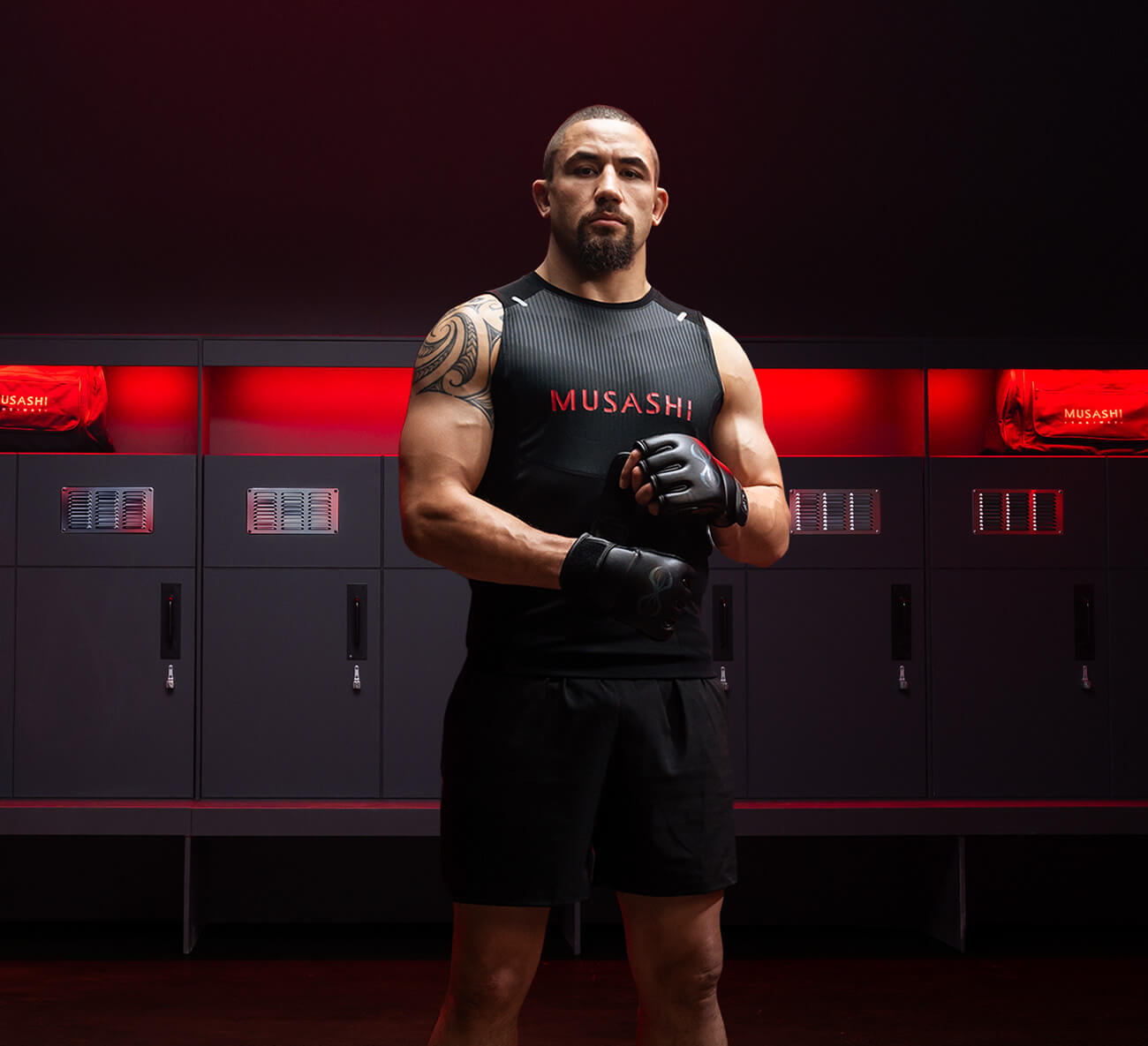
Rob Whittaker
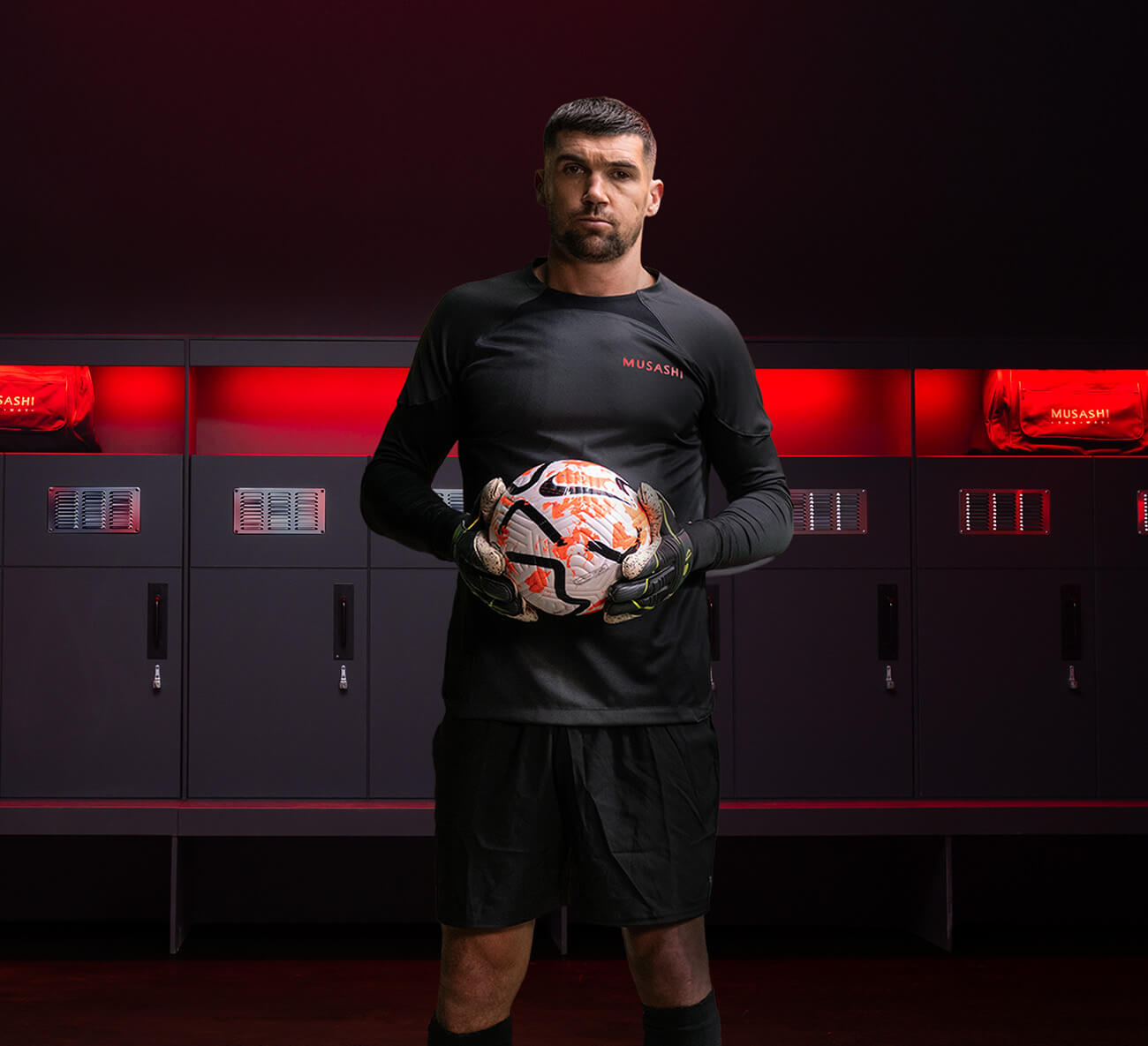
Maty Ryan
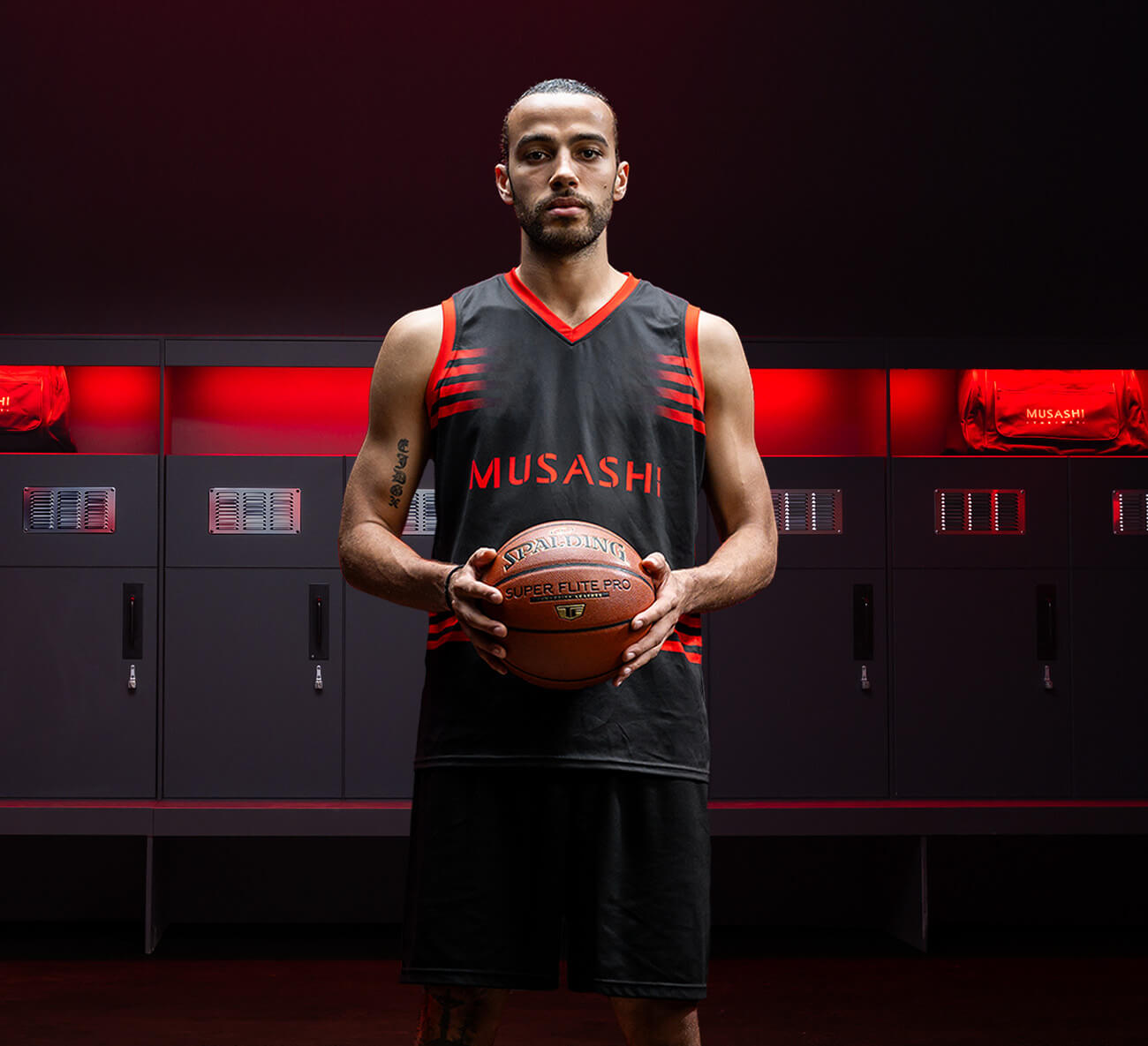
Xavier Cooks
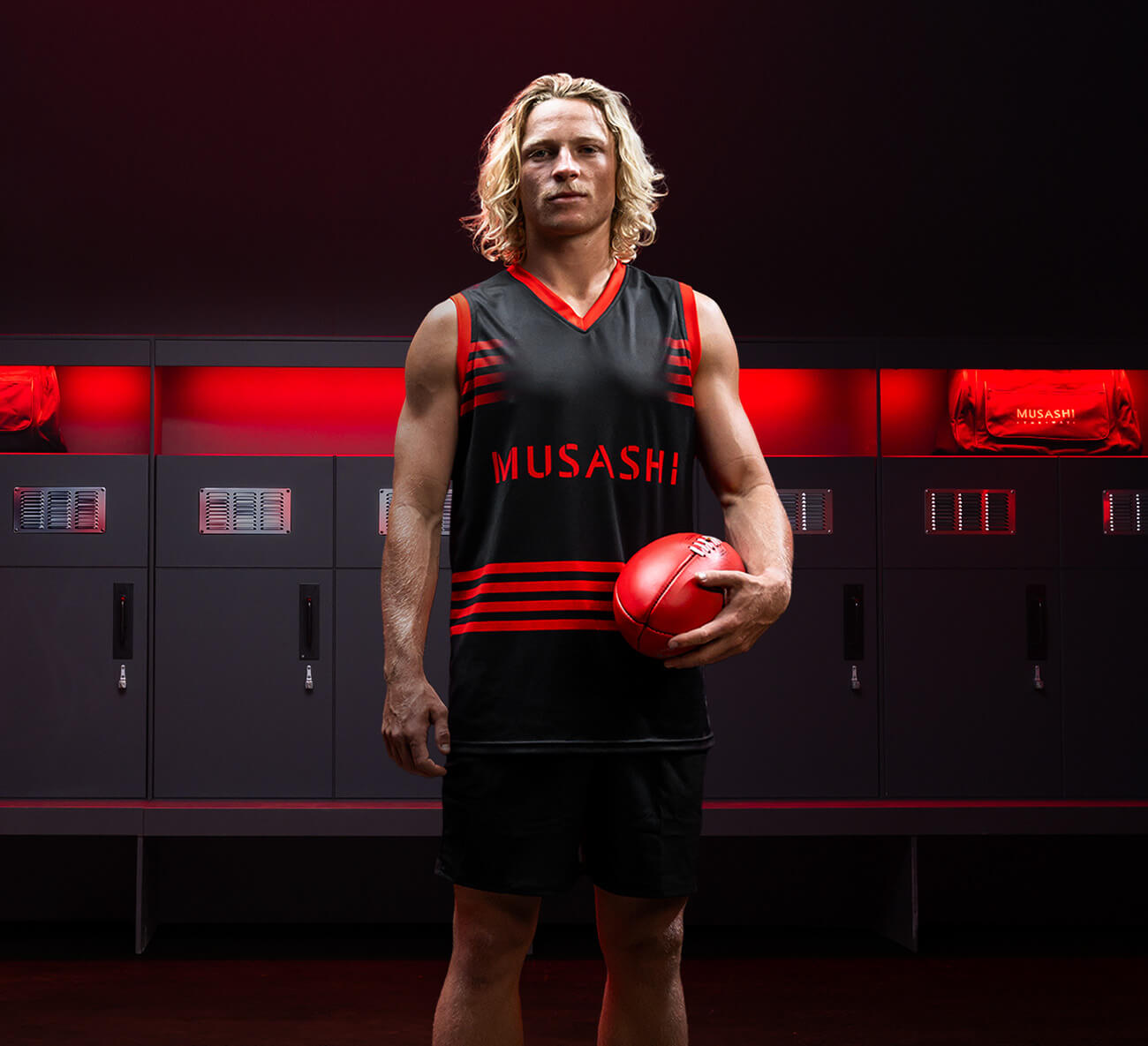
Cody Weightman

Isabelle Kelly
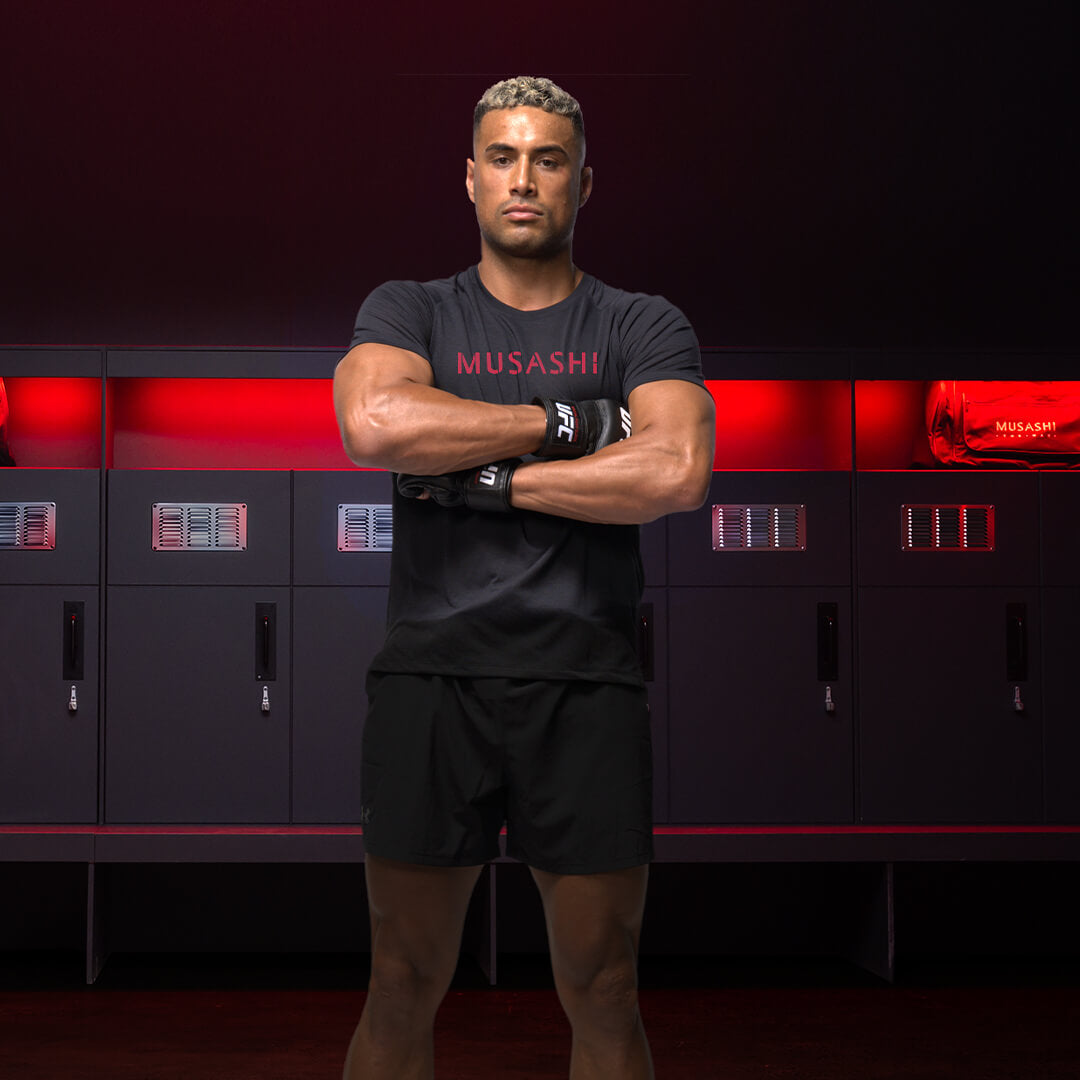
Carlos Ulberg
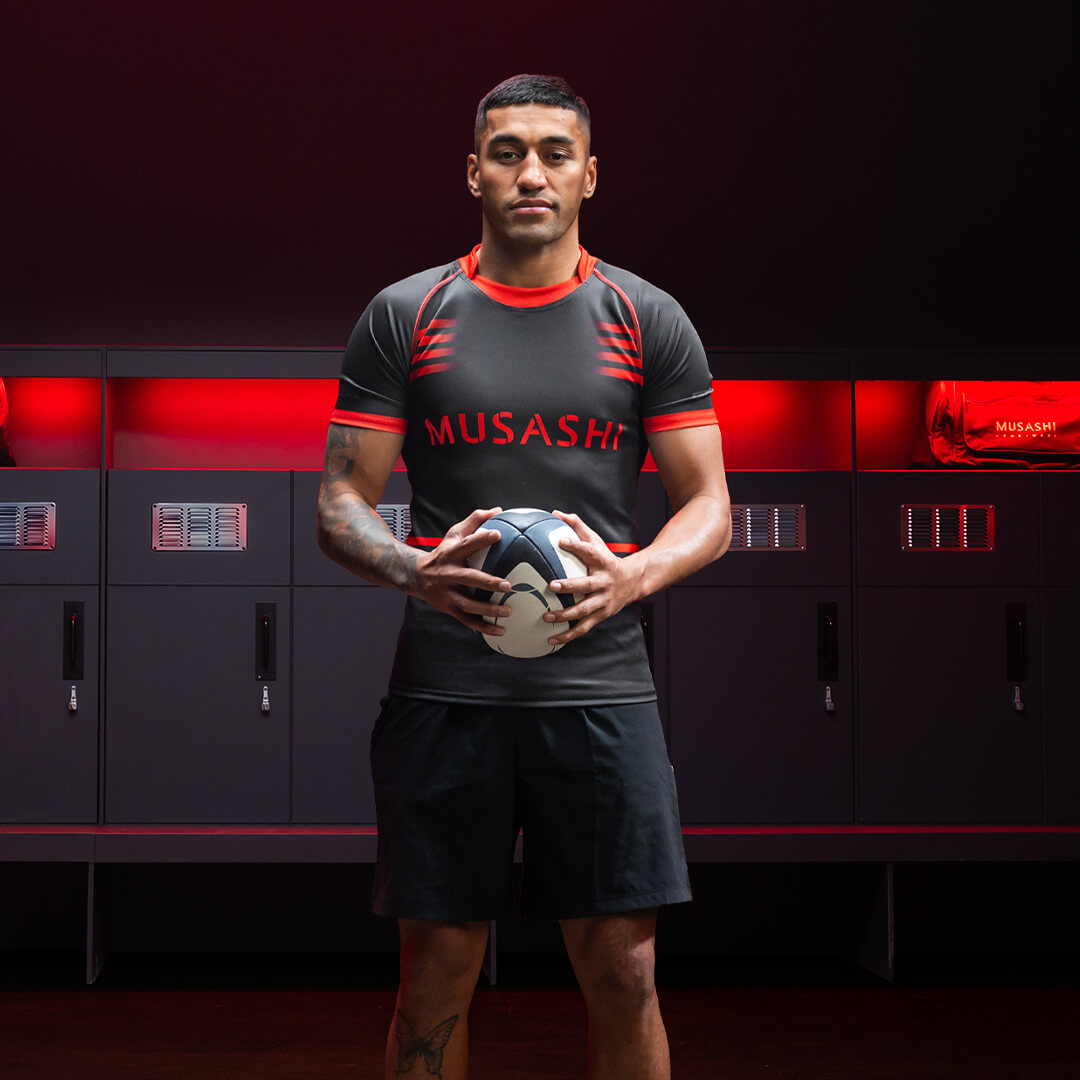
Rieko Ioane

Roger Tuivasa-Sheck

South East Melbourne Phoenix
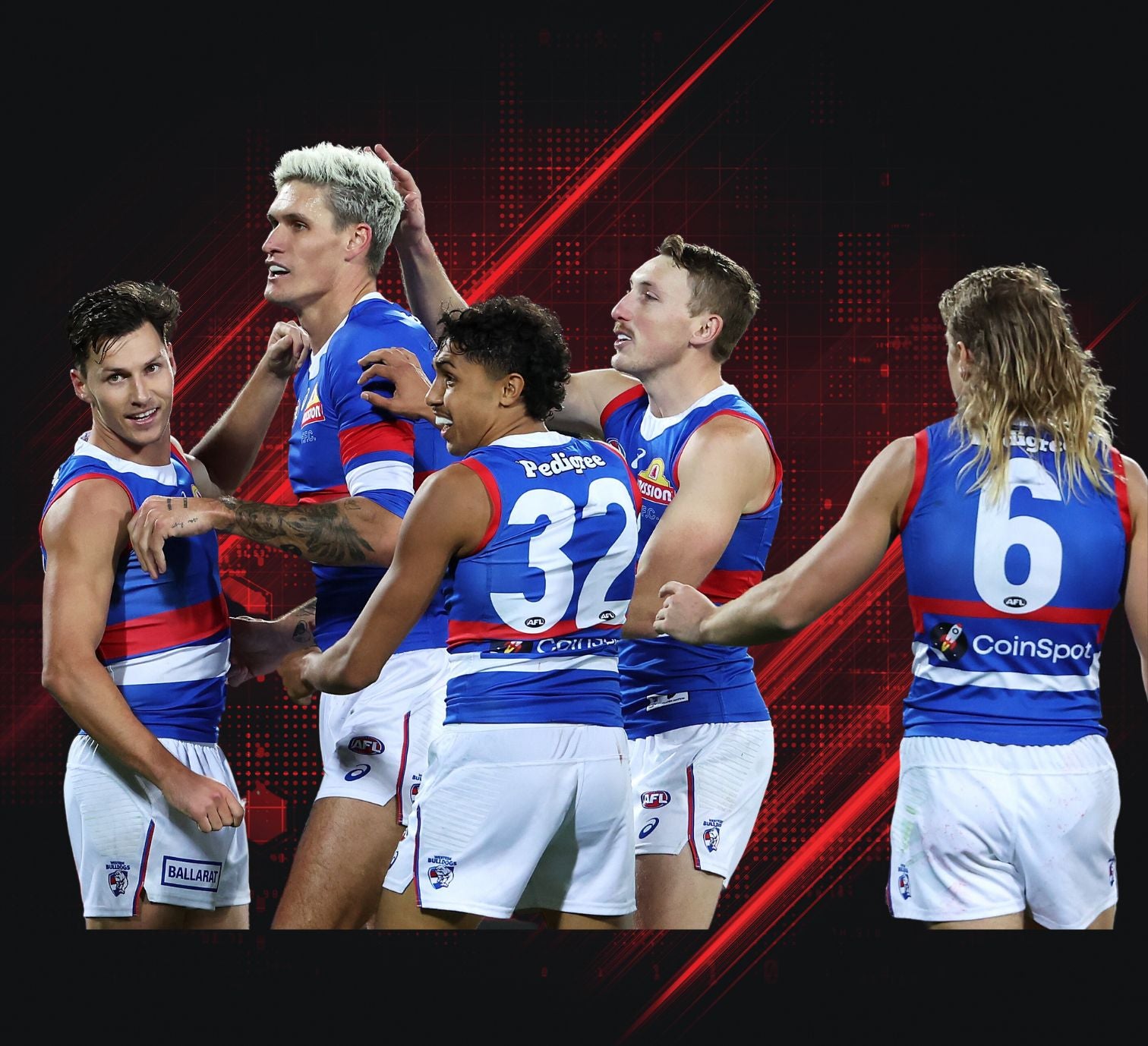
Western Bulldogs
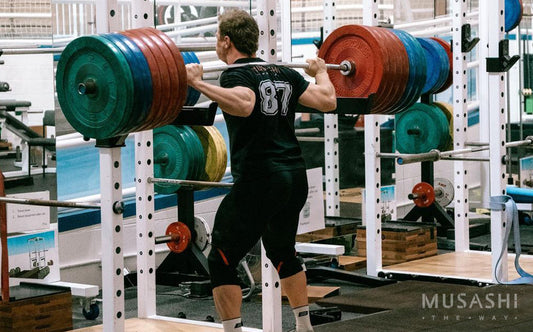
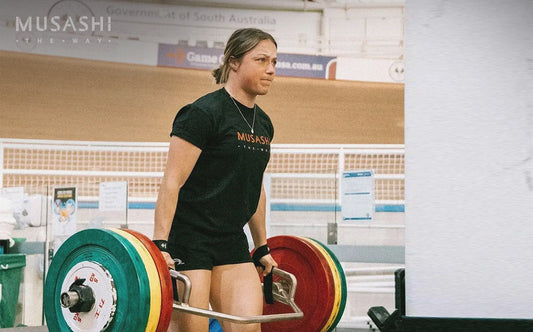
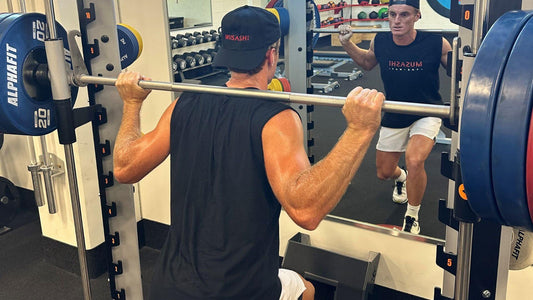


SUBSCRIBE TO THE MUSASHI MAILING LIST FOR EXCLUSIVE DEALS & UPDATES Subscribe for updates